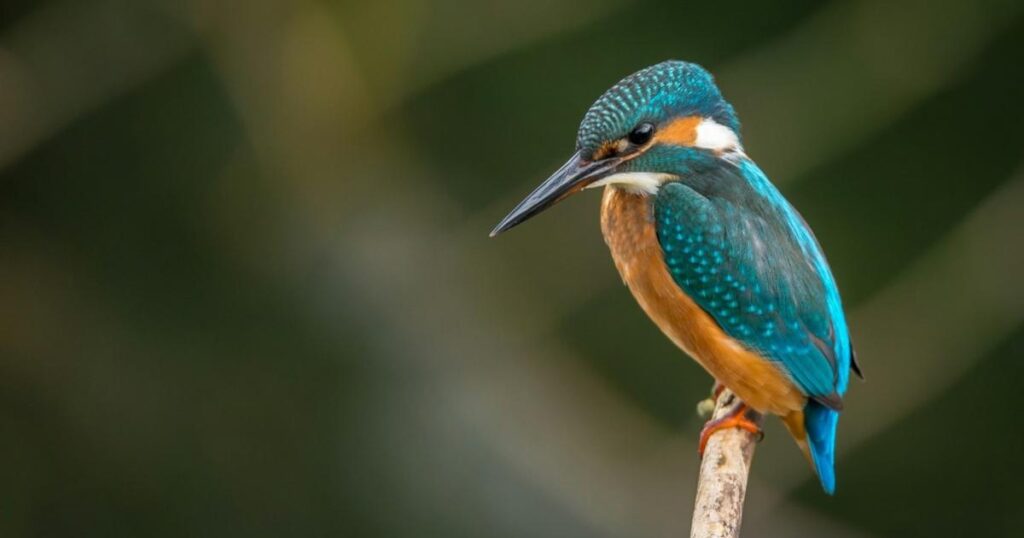Ecosystem services – to whom?
2 min read
Walking through a woodland in spring, what do you notice? The smell of wild garlic, its small white flowers bobbing gently in the breeze? The burbling stream – was that a kingfisher swooping past? The dappled light as it scatters through the canopy, warming your skin? What about the woodland’s contribution to the economy?
According to the Office for National Statistics, UK woodlands provided ‘ecosystem services’ worth £8.9 billion in 2020: £4.4 billion for carbon sequestration, £1.2 billion for removal of air pollution, £1.1 billion for tourism and recreation, and £1 billion for health benefits, to name a few.
While understanding how the nature around us supports our continued existence is a valuable aim, this number obscures as much as it tells. Nature conservation is increasingly dictated by the economic services a given site can offer, rather than for wildlife’s own sake. Exploring how and why this has come about offers profound implications for the future.
Commodity
The model of ‘ecosystem services’ in nature conservation highlights exactly this. Habitats, species, and unique nature sites are now monetarily valued based solely on the economic benefits they can provide.
In an ecosystem service paradigm, a wildflower meadow, rare species, or lush forest is worth only the cost of replicating its ‘services’ – be that in carbon sequestration, flood management, or recreational – elsewhere. Uniqueness, character, and history are worthless.
Framing nature as a commodity and service provider has some benefits. By using the dominant language of policy discourse, ecosystem service models integrate issues of wildlife conservation into the mainstream. But in assimilating into the language of economics, what is lost in translation?
Externality
Monetary metrics of nature aim to be clear, concise, and simple, constructing nature as a governable economic object. When faced with the complexity of the natural world and its connections to us, these metrics obscure the real value of nature – both on a scientific and a moral basis.
Despite this, they continue to be the dominant method of natural valuation. If the monetary valuation is the same, what is it to bulldoze the rare butterflies’ habitat in exchange for protecting rare birds elsewhere?
A universal ‘biodiversity metric’ presupposes a form of universalised, uniform nature. Yet we still don’t fully understand the interrelationships between nature, humans, and the natural world, and most species remain undiscovered.
What one day is a valuable service may the next be cheaper to replicate artificially. This is fundamentally incompatible with the ecological and geological timescales of nature.
An ancient woodland, diverse wildflower meadow, or chalk stream take hundreds of years to establish themselves, and they cannot be quickly replicated elsewhere. These cannot be replaced when economic incentives suit; time is a key ingredient in their flourishing.





